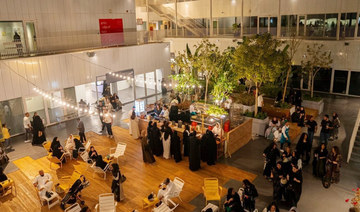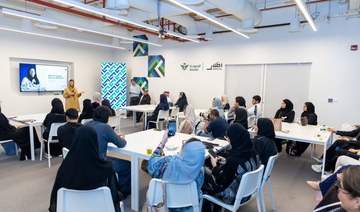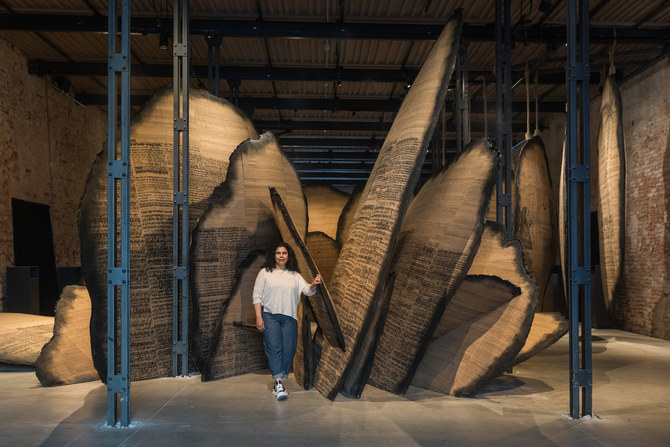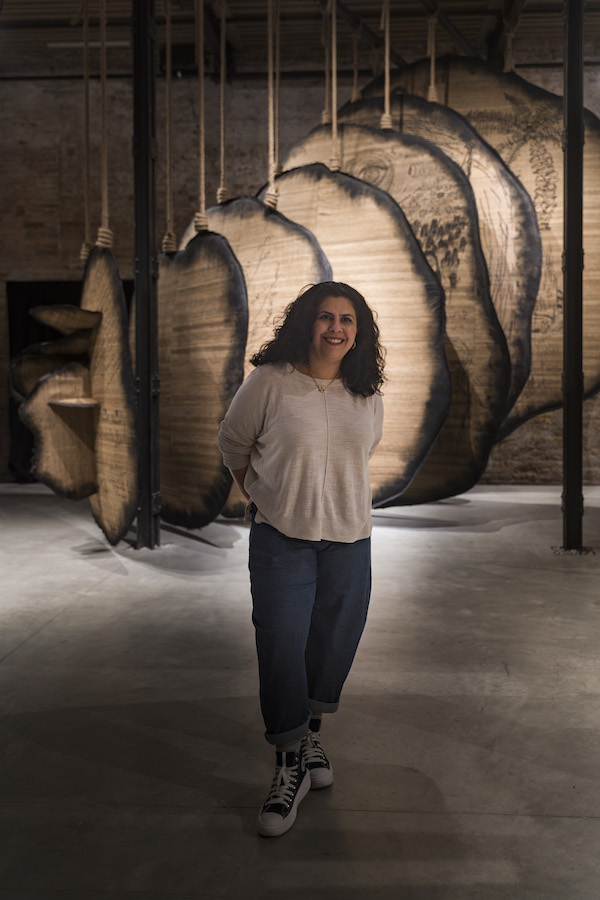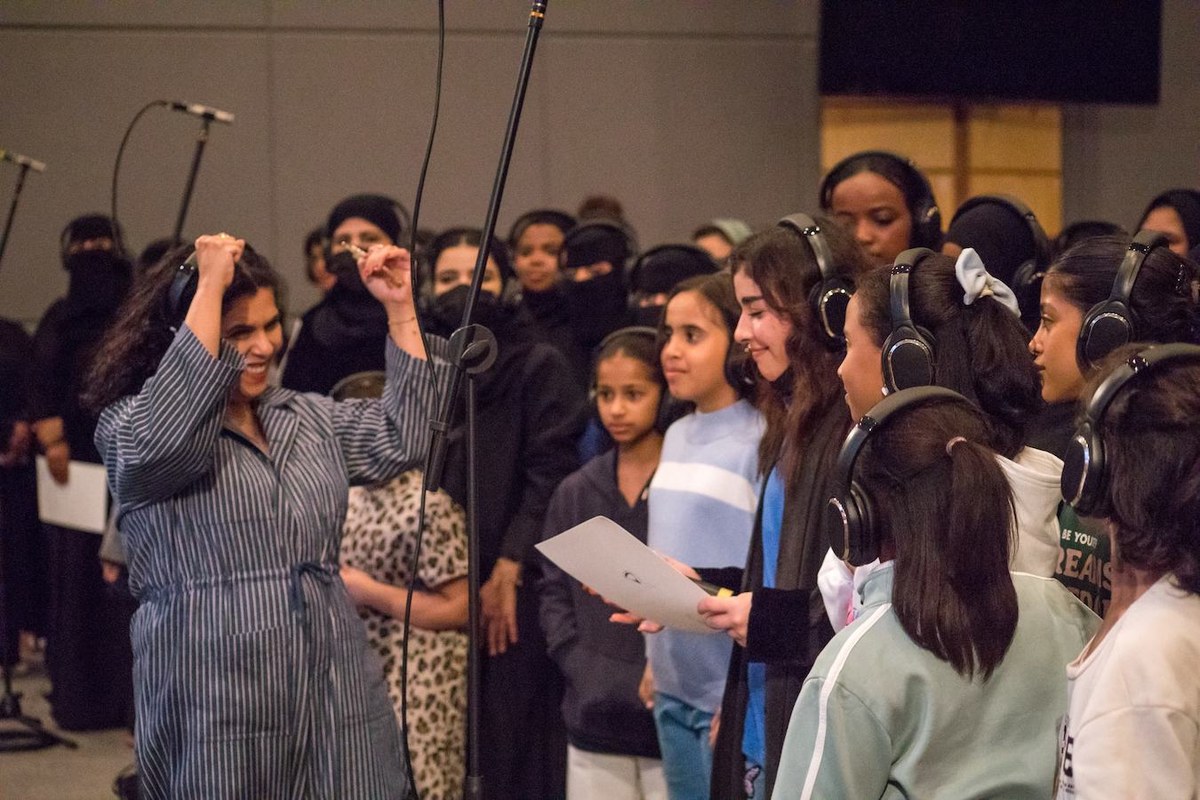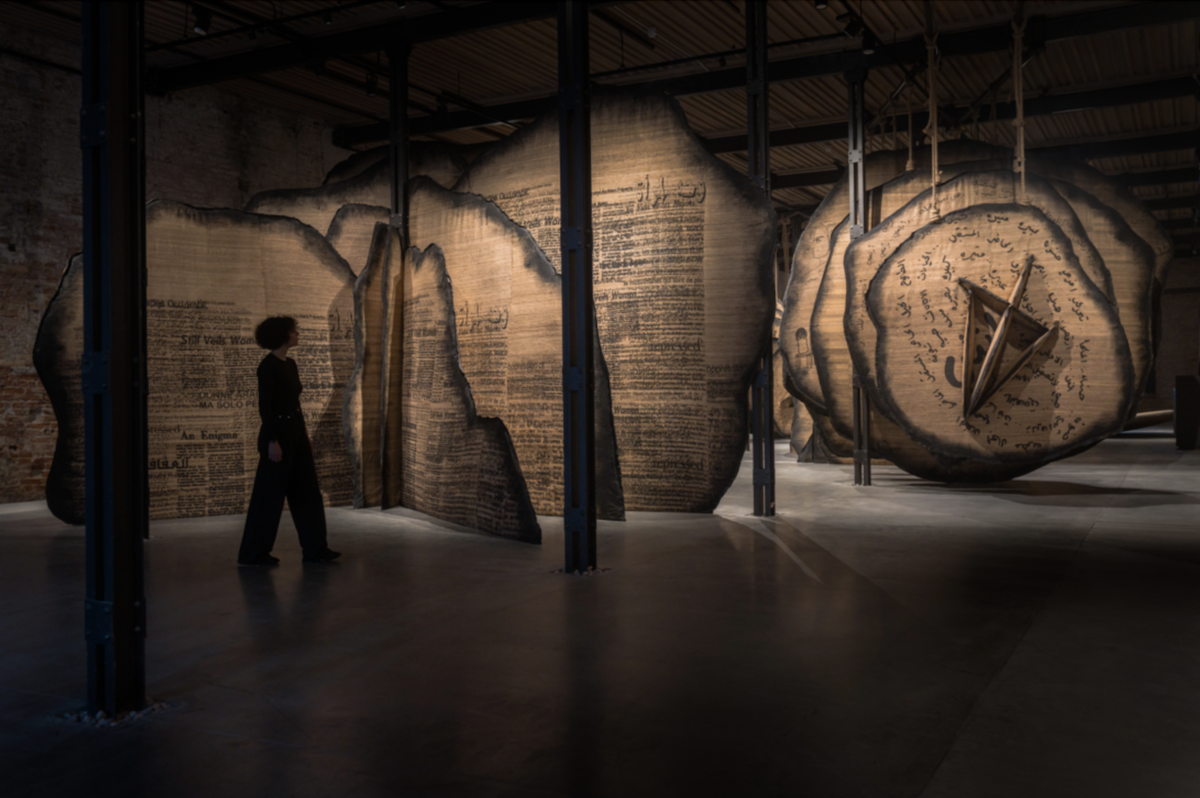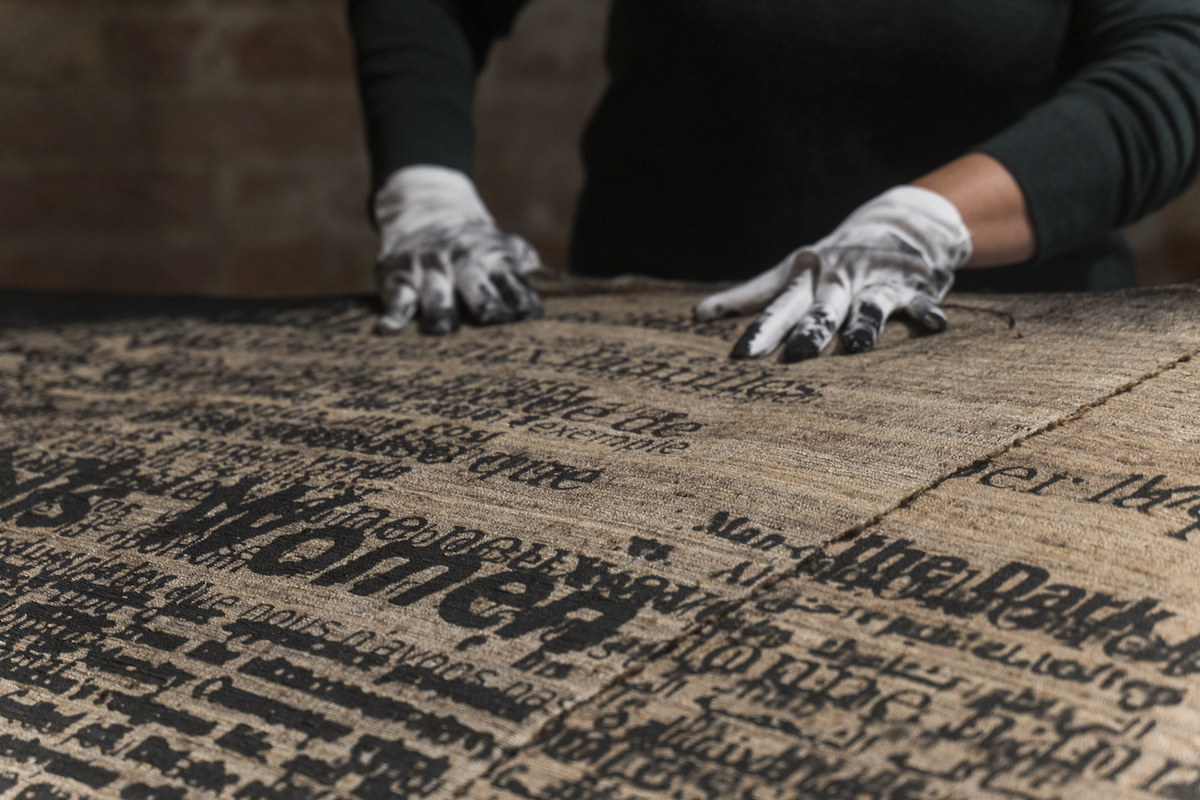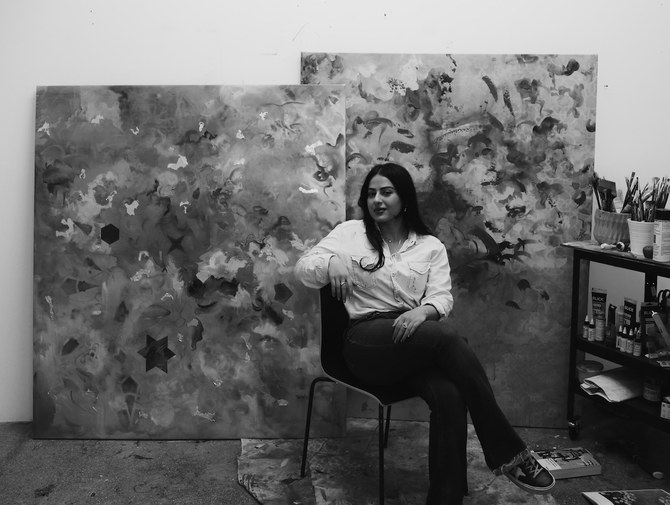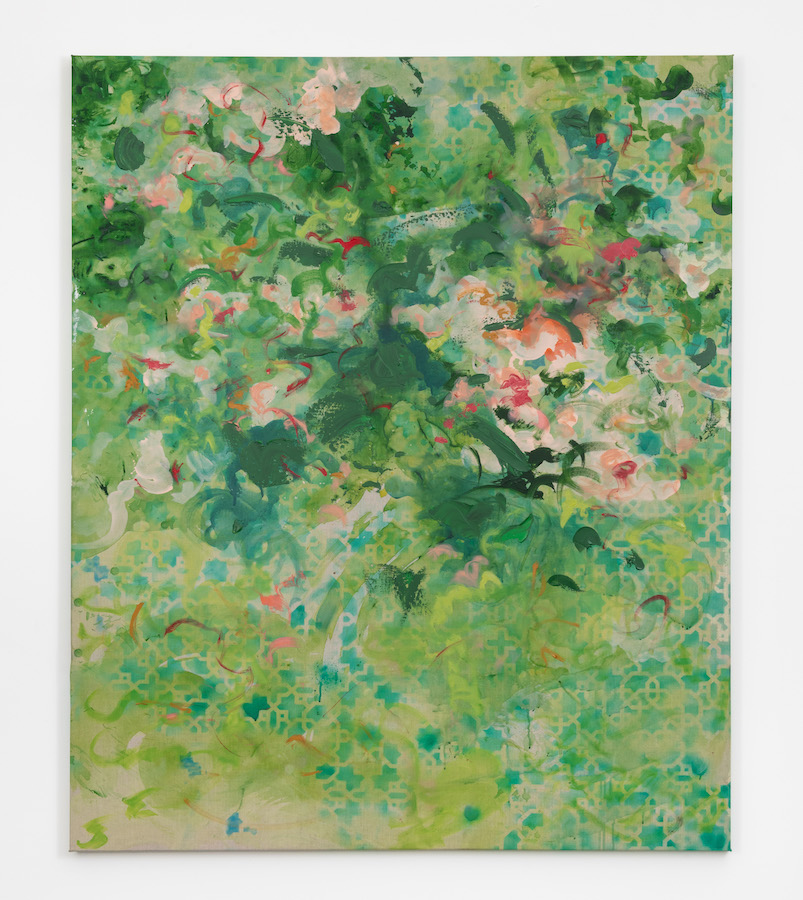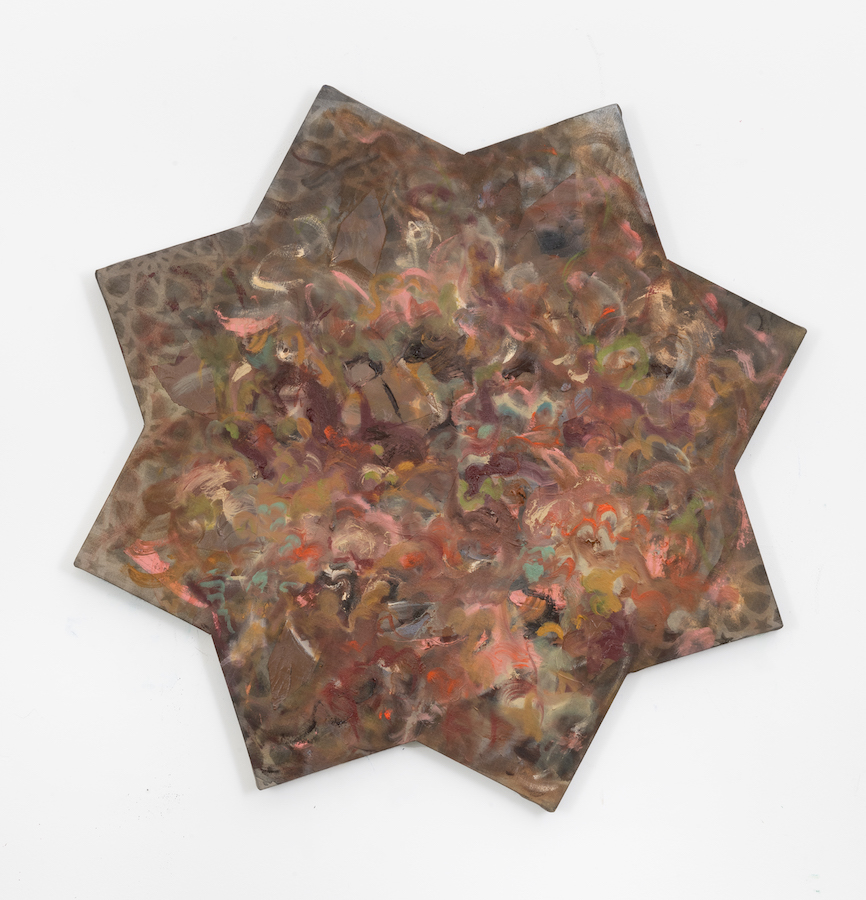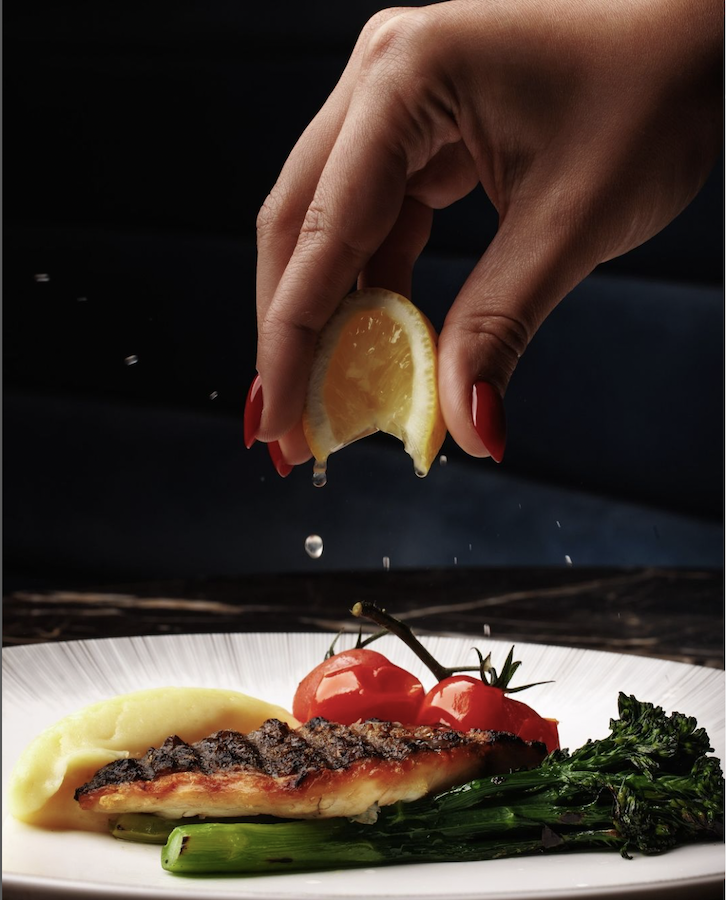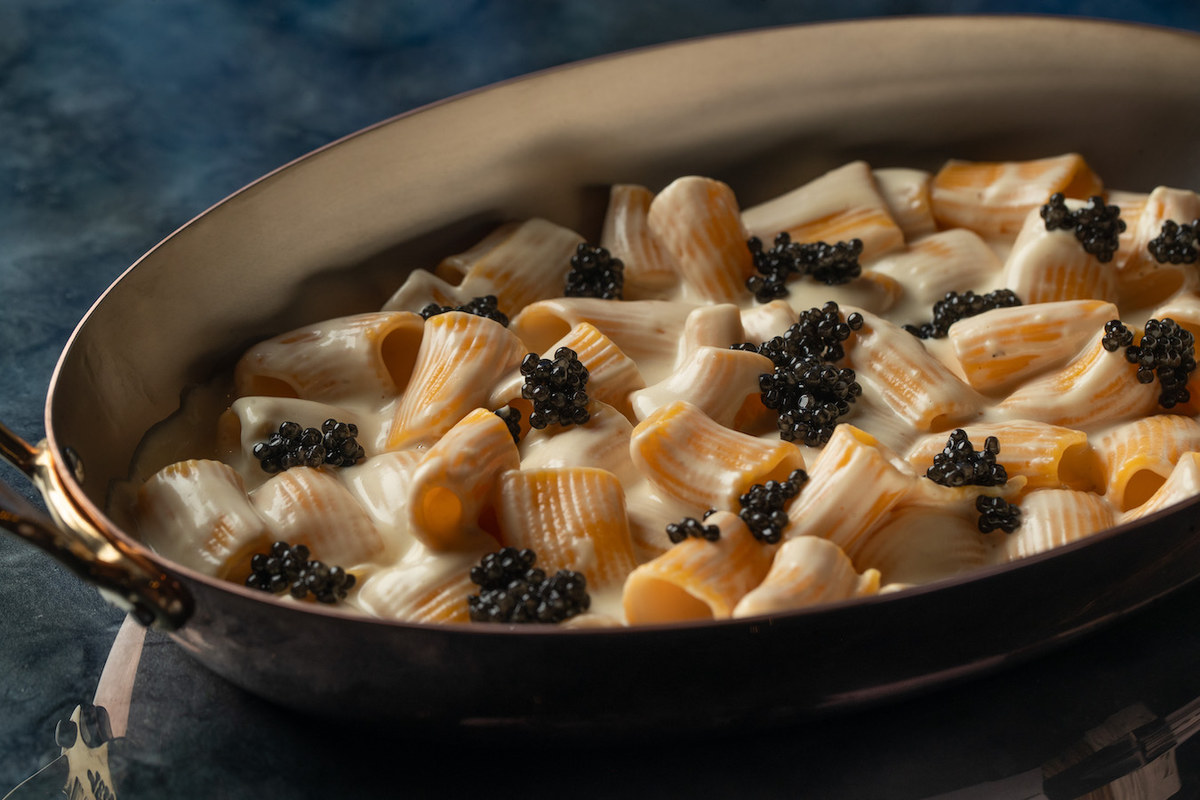DUBAI:
BEST PICTURE
Alfonso Cuaron’s stunning childhood memoir “Roma” and raucous period comedy “The Favourite” have each landed 10 nominations for the 91st Academy Awards next month, so it’s no surprise to see them both in the front running for Best Picture. The same can’t be said of rock biopic “Bohemian Rhapsody,” which was widely panned by critics (although that hasn’t harmed its box-office numbers) even while they praised Rami Malek’s performance as Freddie Mercury (more on that later.) Its Golden Globe win probably made it harder for the Academy to ignore.
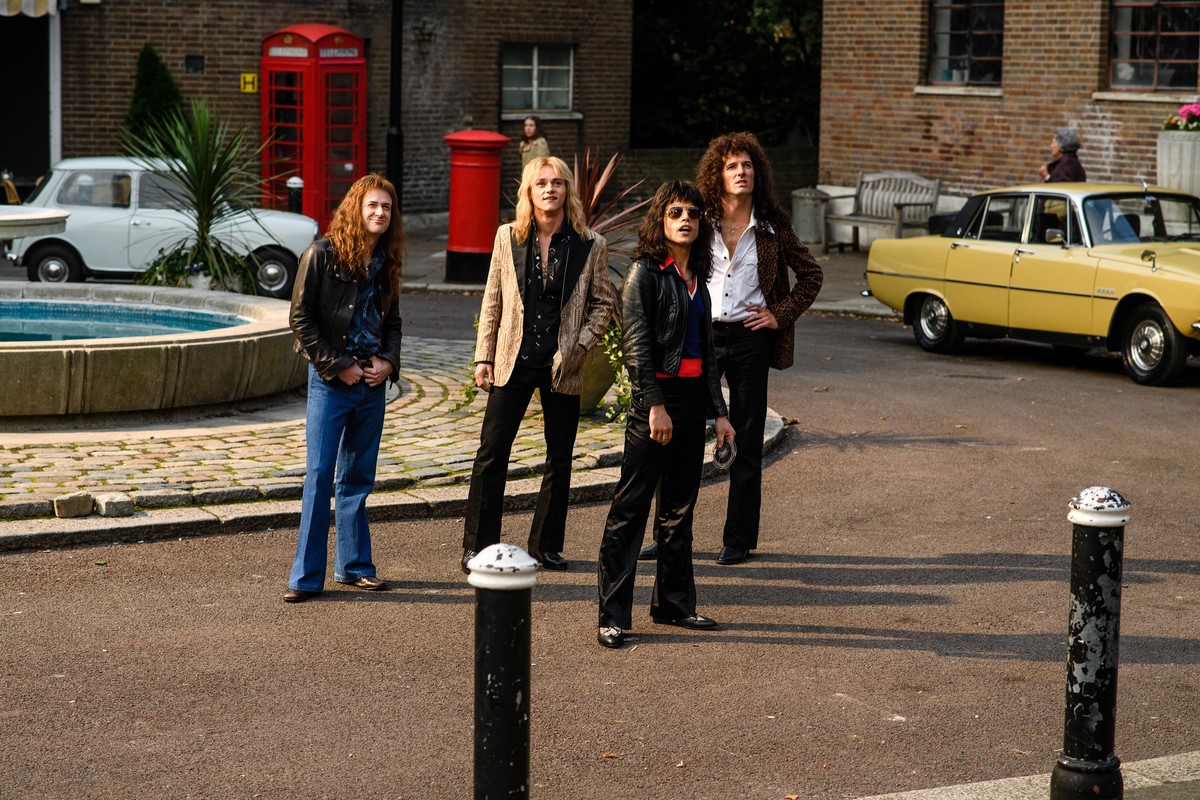
Bohemian Rhapsody
Crowd pleasers “A Star is Born” — which, if the Oscars were held in November, would probably have swept the board, so strong was the hype behind the Bradley Cooper/Lady Gaga chemistry at its heart — and Marvel’s “Black Panther” — a superhero flick with some (although not as much as many claim) gravitas to it — both feel like a nod to mainstream popularity rather than serious candidates. “Most Entertaining” movies, perhaps. But “Best Picture” material? We don’t see it. (In the case of “A Star is Born,” though, the bookies don’t agree.)
“Green Book” — the unlikely but true(ish) story of a blossoming friendship between a black piano virtuoso touring America’s Deep South in the early Sixties in the company of his blue-collar Italian-American driver and minder — has the kind of box-ticking storyline, critical approval, and bravura performances that make it a strong contender. That’s also true of Dick Cheney biopic “Vice,” although critical acclaim for this partisan take on George W. Bush’s VP has been less universal.
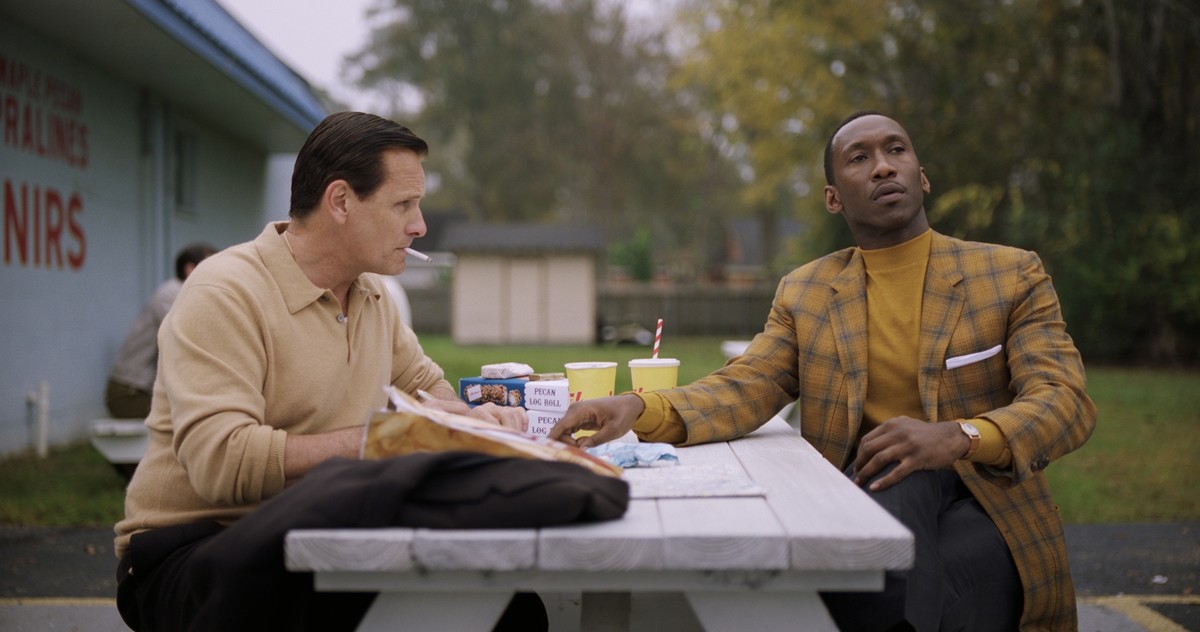
Green Book
Finally, “BlacKkKlansman,” Spike Lee’s Seventies-set (but super-timely) satire in which a black police officer with a gift for mimicry manages to infiltrate the Ku Klux Klan, is probably the underdog on this list. But Lee — one of the most passionate and smartest filmmakers around — is due for some Academy recognition.
BEST ACTOR
From Willem Dafoe’s masterful portrayal of troubled artist Vincent Van Gogh in “At Eternity’s Gate” to Christian Bale’s brilliant transformation into Dick Cheney in “Vice,” Egyptian-American Rami Malek is in stellar company with his nomination for his superb turn as late rock legend Freddie Mercury in “Bohemian Rhapsody.” It’s clearly a big year for actors playing real people. Viggo Mortensen does it too, as Tony Vallelonga in “Green Book” and it could be third time lucky for one of the finest, and least publicity hungry, actors of his generation following nominations in 2012 and 2017. Rounding out the list is Bradley Cooper, whose performance as aging disillusioned country music star Jackson Maine is notable not only for his acting, but for his stunning singing voice.

A Star is Born
BEST ACTRESS
Lady Gaga has pulled off kind of a reverse Bradley Cooper for her nomination. While her extraordinary vocals in “A Star is Born” were little surprise, her perfectly pitched, subtly understated, acting was an unexpected delight from someone not exactly renowned for playing it low-key. Whether that will be enough to beat out serious competition from Glenn Close, whose brilliantly contained performance in the title role of “The Wife” is a masterclass in revealing restraint, or Olivia Coleman’s riotous turn as an emotionally needy Queen Anne in “The Favourite” remains to be seen. Melissa McCarthy’s atypically serious role as a struggling biographer-turned-successful forger of celebrity letters is an impressive piece of work, as is Mexican newcomer Yalitza Aparicio’s astonishing portrayal of nanny/maid Cleo in “Roma” — a role she only auditioned for because her older sister was pregnant and unable to go along herself, but really wanted to know what it would be like to do it.

Roma
BEST DOCUMENTARY
There’s a serious American bent to this category, with all but one of the nominees focusing on US content.
The exception is exceptional. Berlin-based director Talal Derki returned to his native Syria and spent more than two years posing as a war photographer sympathetic to Daesh and gaining the trust of a radical Islamist family. The result — “Of Fathers and Sons” — Variety said, “adeptly blend(s) sensationalism with domestic intimacy” and is “sincerely eye-opening in its portrayal of inherited Islamist fervor.”

Of Father and Sons
A documentary about a judge — even one as brilliant and groundbreaking as US supreme court justice Ruth Bader Ginsburg — is going to struggle to be visually compelling. But “RBG” is a fascinating and heartfelt homage to this old-school liberal.
RaMell Ross’s “Hale County This Morning, This Evening” is a personal and passionate artistic account of the lives of African Americans in Alabama. Unusually timed cutaways and provocative questions on the intertitles (e.g. “How do we not frame someone?”) make this a peculiar but wholly engaging film. Bing Liu’s “Minding the Gap” is also an exploration of American life — tackling issues including class and masculinity through the lives of three young skateboarding friends in Rockford, Illinois.
In terms of initial impact, it’s hard to see any movie beating “Free Solo” — a vertigo-inducing visual treat/nightmare documenting Alex Honnold’s attempts to conquer the 3,000-foot-high El Capitan rock formation in Yosemite. The filmmakers do a superb job of conveying to a layman just how ridiculously difficult, and potentially deadly, his goal is.

Minding the Gap
BEST FOREIGN-LANGUAGE FILM
Logic suggests the winner has to be “Roma,” as it’s the only foreign-language movie to also be nominated for “Best Picture.” So, if any of the other foreign-language films beat it, they presumably should have been up for “Best Picture” instead of it? That’s not how it necessarily works, though, as the two categories have different voters. Still “Roma” will be a strong favorite here.
Regional hopes, of course, rest with Nadine Labaki’s excellent “Capernaum,” the story of a Lebanese street kid who sues his parents for bringing him into the life he’s leading. Its Cannes Jury Prize won’t do its chances any harm.
Even without “Roma,” however, “Capernaum” is up against a strong field. Polish historical drama “Cold War” landed Best Director at Cannes for Pawel Pawlikowski. It’s a stunningly shot black-and-white epic story of love behind the Iron Curtain. Germany’s contender, “Never Look Away,” treads similar ground in its tale of a complicated relationship in post-war East Germany between two art students, Kurt and Ellie — made even more complicated by Ellie’s ex-Nazi father Carl.
Japanese indie drama “Shoplifters,” meanwhile, already has a Cannes Palme d’Or to its name. Hirokazu Kore-eda’s dense, nuanced tale of a family of low-level crooks who take in a lost little girl from the streets is an Asian classic — intricate and devastating.




